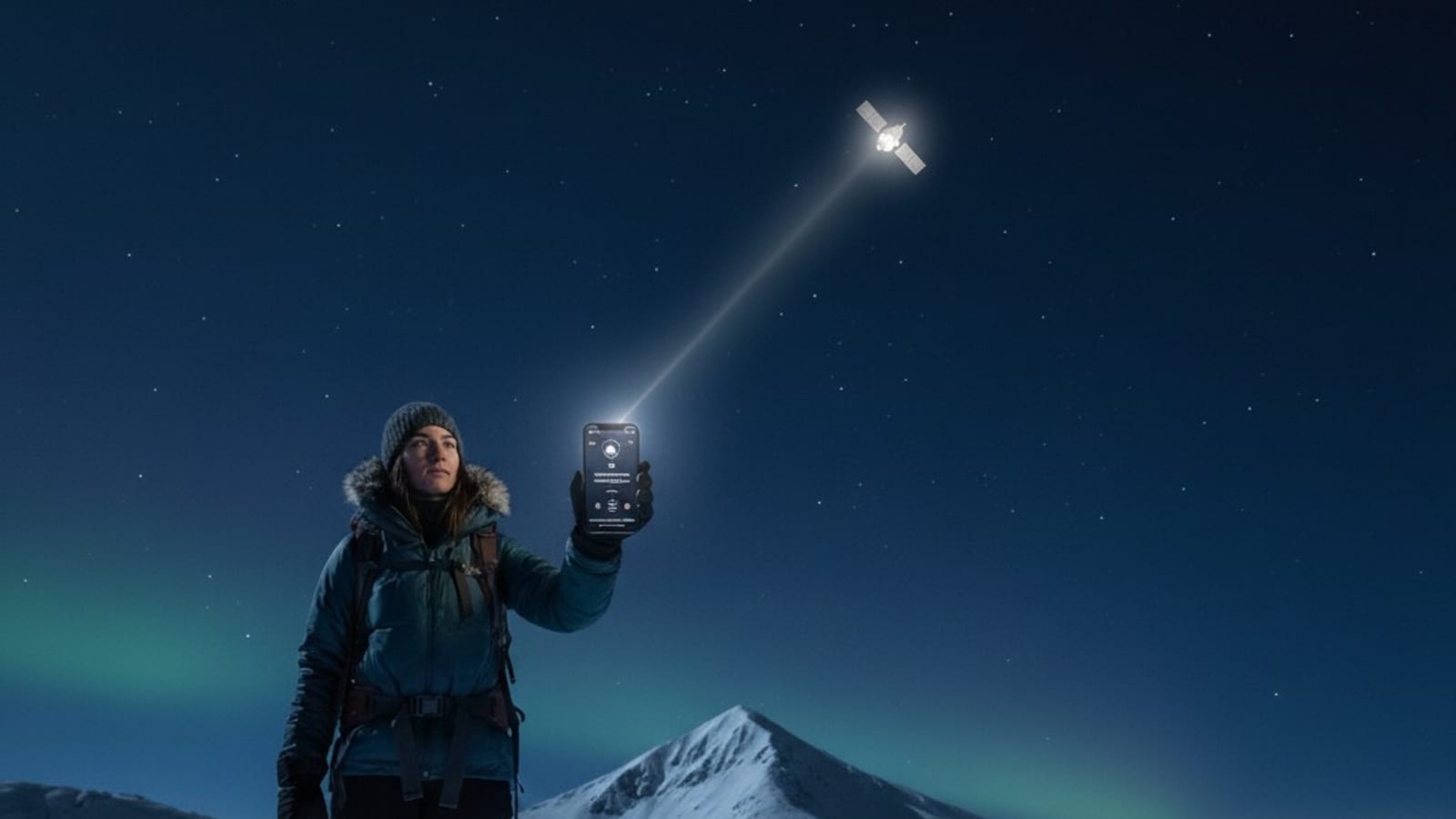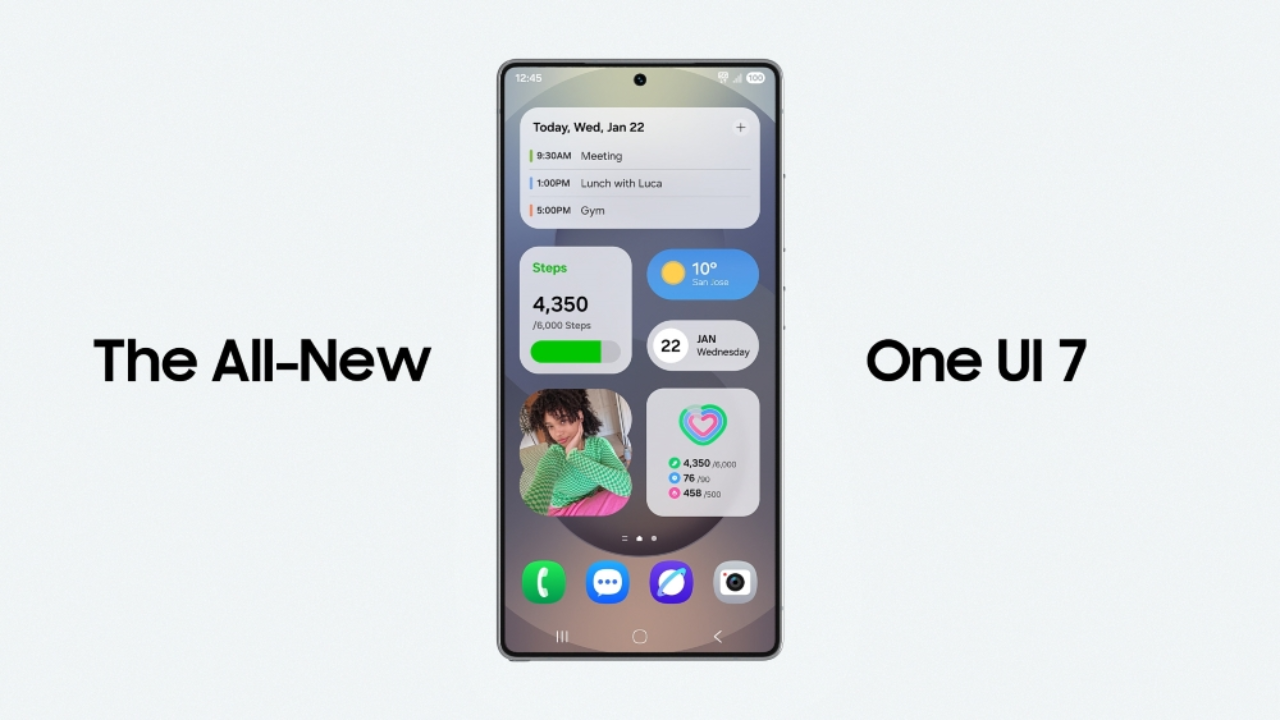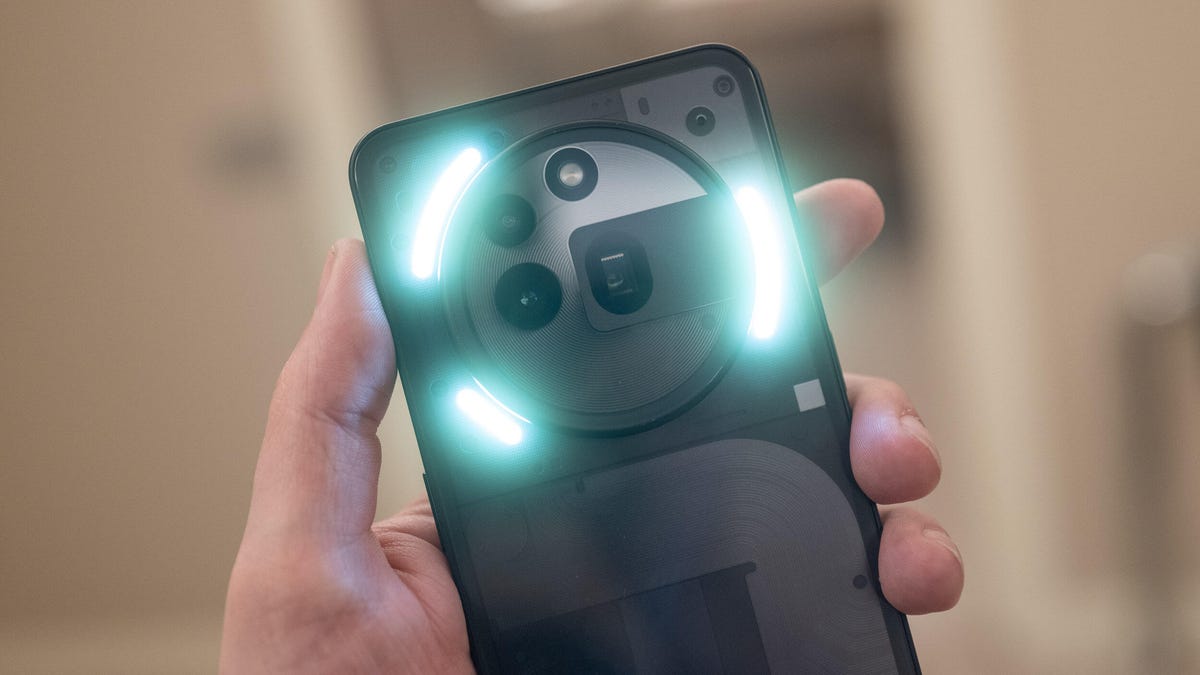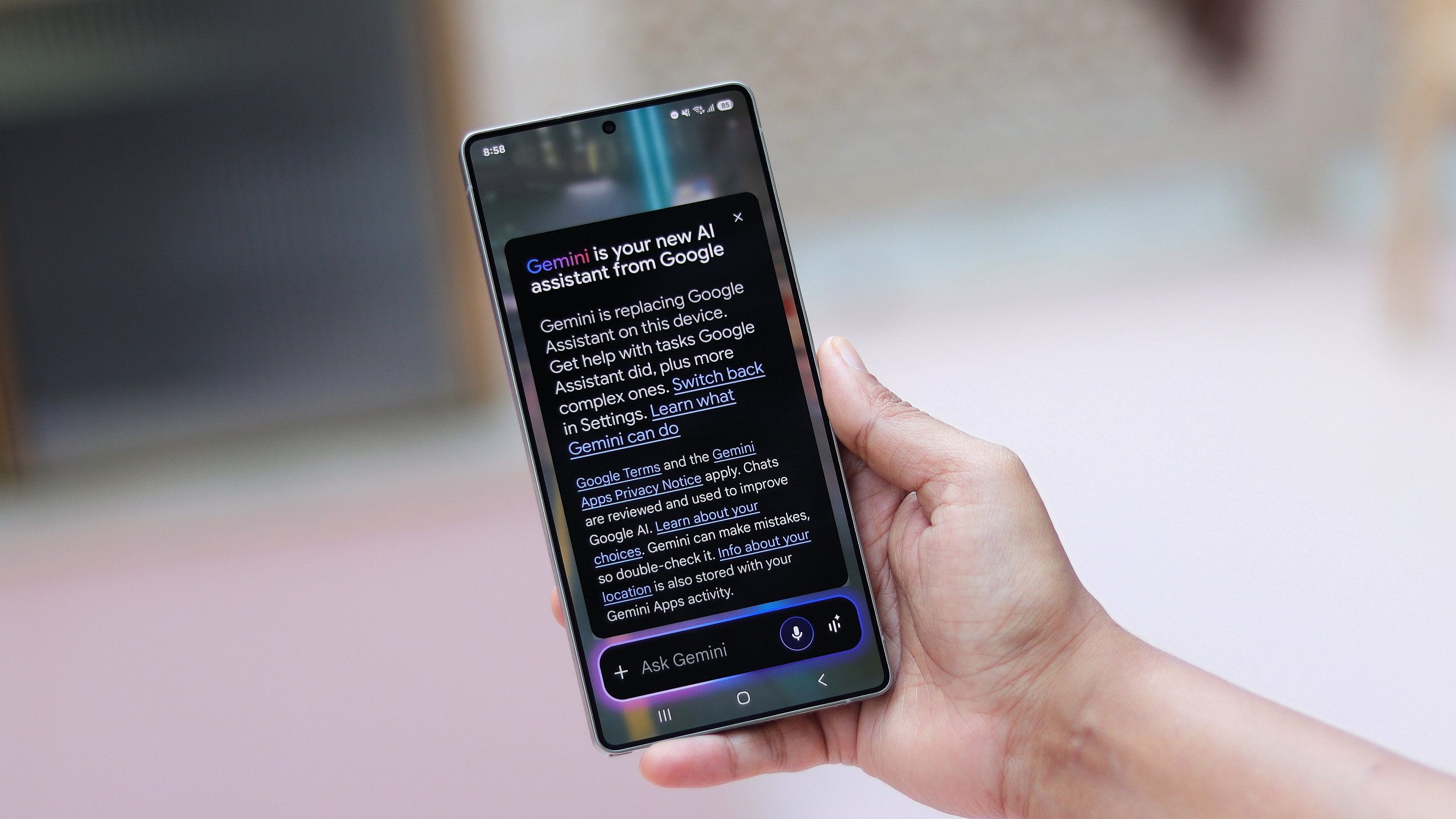Free Lifeline: Apple's Emergency SOS Satellite Service Extends Zero-Cost Commitment Through 2026

In a customer-friendly gesture, Apple has extended its complimentary satellite emergency SOS service for iPhone 14 and 15 users for an additional year. As competing smartphone manufacturers increasingly monetize similar safety features, Apple's decision stands out as a reassuring commitment to user protection.
The extended free service provides iPhone owners with a valuable lifeline when venturing into remote areas where traditional cellular networks are unavailable. Whether you're hiking in wilderness terrain, traveling through rural landscapes, or finding yourself in an unexpected emergency situation, the satellite SOS feature offers critical communication support.
By maintaining this service at no extra cost, Apple demonstrates its dedication to customer safety and differentiates itself from competitors who are now charging for comparable emergency communication technologies. This move not only provides practical peace of mind but also reinforces Apple's reputation for prioritizing user well-being beyond just technological innovation.
For iPhone 14 and 15 users, this extension means continued access to a potentially life-saving service that can connect them with emergency services even in the most isolated locations, without worrying about additional subscription fees.








